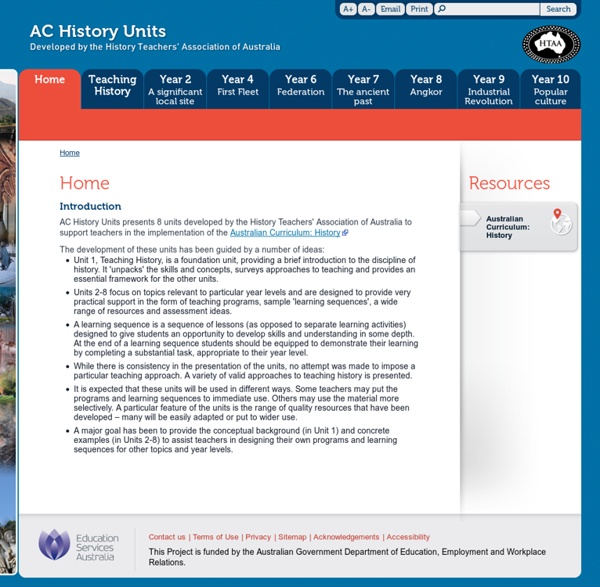



Welcome | GeogSpace Australian curriculum grapples with best age for puberty education Is the war on obesity triggering eating disorders in children? Health officials are looking hard at the darker side of adolescent weight loss. Shirley Wang joins Lunch Break with details. Photo: Getty Images. To access our premium content,please subscribe or log in. CHILDREN are starting puberty as young as eight and may be exposed to lessons on body changes as early as Year 3 under the proposed new national curriculum. An initial Australian Curriculum draft included teaching "puberty" in Years 3 and 4, but the topic was shifted to Years 5 and 6 after the proposal proved controversial. But a teachers' forum in Brisbane this week heard that students would still be taught more about body changes in Years 3 and 4 if the curriculum, to be presented to education ministers next Friday, is endorsed. YOUR SAY: How young is too young? Queensland children currently do not have to be taught about puberty but can learn about it in Years 6 and 7.
30 Things You Can Do To Promote Creativity in Your Classroom The concept of teaching creativity has been around for quite some time. Below are 30 Things You Can Do To Promote Creativity in Your Classroom: Academics such as E. Paul Torrance, dedicated an entire lifetime to the advancement of creativity in education. Torrance faced much opposition in his day about the nature of creativity. In recent times, there has been a shift towards the increased acceptance of valuing creativity for all learners. Much of the blame for a lack of creativity, and therefore innovation, can be traced to our traditional educational systems. It relies on teaching to the correct answer. In the same way, David Hughes, founder of Decision Labs and professor at UNC Chapel Hill, argues that innovation is an essential skill for our global economy. Most of the practice of creative methods is being done outside the traditional educational institutions by consulting firms and by persons in companies who have been trained in creative problem solving methods. About the Author
English for the Australian Curriculum